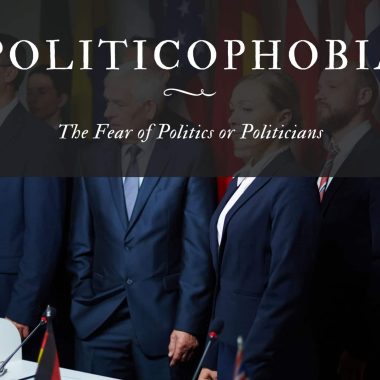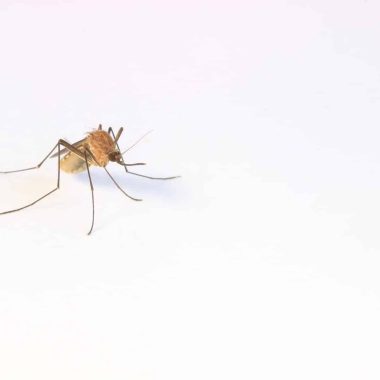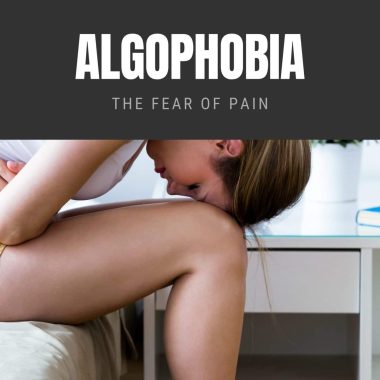Zoophobia is the fear of animals. It is one of the many types of specific phobias, and it can cause significant stress and lead to reduced quality of life.
However, when diagnosed, this phobia can be treated. This article discusses Zoophobia, its symptoms, causes, and treatments.
What is Zoophobia?
Zoophobia is an intense and uncontrollable fear or anxiety for animals. A mere sight of a disliked species of animals can disrupt your peace and balance.
Fear of wild or poisonous animals can be regarded as a standard human mechanism of interest in ensuring personal safety.
However, when you begin to entertain constant fear for animals, just by sight in zoos, magazines, or other media, it is essential to fight and overcome this anxiety.
This irrational anxiety can be triggered by the threats this animal poses to humans or by negative experiences of encounters you might have had with an animal.
Symptoms of Zoophobia
Constant fear can weaken our immune system, resulting in cardiovascular damage or disorder. This is why you must look for indicators of phobia in any animal species.
These indicators are regarded as the symptoms of Zoophobia. The main symptom of animal phobia is an overwhelming fear of it.
This fear is typically exaggerated compared to its threats. In the case of Zoophobia, you will feel an intense fear when exposed to an animal.
You must understand that exposure does not necessarily mean an animal is present. A person with Zoophobia may also become afraid when:
Thinking About an Animal
If you have an intense fear towards a specific species of animal, for example, the Leo (Lions), a mere thought of it could disrupt your happy feeling, thereby leaving you to wallow in fears and wrong anxiety perceptions.
Talking or Hearing About an Animal
People with phobias for frogs (Ranidaphobia) can get easily irritated by their croaking sounds or seeing a picture of their slimy nature.
Seeing Pictures or Videos of an Animal
People with Zoophobia may also avoid activities that expose them to an animal. Some examples include avoiding watching nature documentaries, such as entertaining series on NatgeoWild, visiting the zoo, or even stopping over at a friend’s house when they own a pet.
Other physical symptoms of Zoophobia include:
- Increased heart rate
- Increased sweating
- Trembling
- Shortness of breath
- Feeling lightheaded
Signs of Zoophobia in Children
Children with Zoophobia tend to freeze up, get clingy, cry, or throw tantrums when they encounter animals that they are scared of.
Causes of Zoophobia
Alongside the fear of heights, Zoophobia is one of the most common phobias. The exact causes of Zoophobia (fear of animals) are not known.
Several factors may influence the development of the condition or trigger such anxiety.
However, some of the factors that can cause Zoophobia include:
Negative Experiences (Traumatic Experience)
A negative encounter with any animal species, like dogs or cats, can stimulate your fear of it. For instance, someone who’s been attacked by a dog may become afraid of dogs and be of the intuition that dogs are fierce and dangerous.
They might then decide to stay away from dogs or grow a hatred toward them.
Learned Behaviors
We may also acquire the fear of animals from someone close to us, such as a parent or sibling, or from tragic stories of how dangerous an animal can be. These stories become a part of the mind and generate accumulated fear.
For example, kids whose parents might have had a bad experience with bees or were once stung can ensure that their kids detest bees and avoid where they are found.
Due to this learned behavior, some children might even grow up to dislike honey (a bee product).
Genetics
Genes may also play a role in specific phobias rooted in children from strong parental genes.
Fear Processing
Fear and anxiety differ in personality. Some people may just be more anxious than others, making them more prone to developing a specific phobia of an animal.
Different Types of Zoophobia
Different types of fear manipulate your mind for animals; this intense fear prevents you from seeing the positivity in these creatures.
Some of the fear of animals is;
- Arachnophobia (fear of spiders)
- Chiroptophobia (fear of bats)
- Cynophobia (fear of dogs)
- Entomophobia (fear of insects)
- Equinophobia (fear of horses)
- Helminthophobia (fear of worms)
- Herpetophobia (fear of reptiles)
- Ichthyophobia (fear of fish)
- Mellisophobia (fear of bees)
- Musophobia (fear of mice and rats)
- Ophidiophobia (fear of snakes)
- Ornithophobia (fear of birds)
- Ranidaphobia (fear of frogs and toads)
- Leophobia (fear of lions)
- Tigriphobia (fear of tigers)
- Leopardaliphobia (fear of leopards)
- Acynonixphobia (fear of cheetahs).
Being afraid of these predators is rational because of the danger they can represent and how harmful they can be in close contact.
However, exaggerated fear for them just by pictures and sight in zoos as they have been caged and confined is quite extreme and irrational.
Treatment of Zoophobia
Seeking mediums to eradicate Zoophobia during its early stage is essential.
Some recommended treatment options for Zoophobia are:
Exposure Therapy
This is usually the first treatment for Zoophobia and other specific phobias. It involves exposure to the feared stimulus (animals) in a safe, controlled environment with a trained mental health professional.
For example, visiting zoos to watch these animals from a close and safe range, trying to stabilize breathing and nausea, and, most importantly, accepting your fear helps to curb Zoophobia.
Virtual Reality Exposure
Virtual reality exposure therapy is excellent for treating animal phobia. In this situation, a therapist is the best confidant to help boost one’s personality.
The therapist will discuss the specific animal you are afraid of, introduce you to watching animal documentaries, and much more.
They will also ensure you are not uncomfortable during the virtual exposure therapy.
With time, this therapy helps you appreciate the animal’s positive traits.
Prescription Medication
Pharmacotherapy (using medication to treat a condition) is not usually the first line of treatment for Zoophobia or any specific phobia. However, some evidence shows that certain medications may be helpful when used with exposure therapy for improved results.
Treat Co-occurring Mental Disorders
Having a specific phobia often suggests that you have other anxiety disorders.
Seeking treatment for your conditions and anxiety can help improve your mental health overall and help you cope with your fear of animals.
Research estimation has it that 10%–25% of people with specific phobias require treatment.
This could be because they avoid their feared object (animals, in the case of Zoophobia), which reduces their anxiety.
However, following the treatment procedures that were laid down can eradicate zoophobia.
Conclusion
Animals are living creatures with positive traits and specialties. Although their negative influence cannot be ignored, intense fear of these animals might harm one’s mental health and well-being. Therefore, one must tackle this fear to ensure a sound and comfortable mindset and environment whenever one is around these animals.









